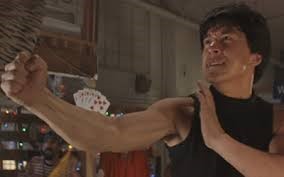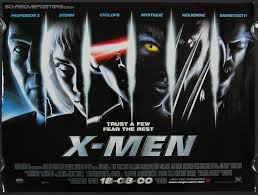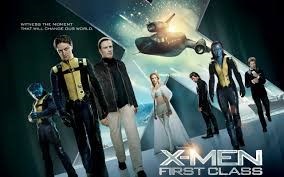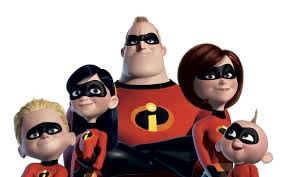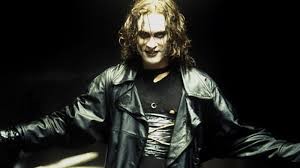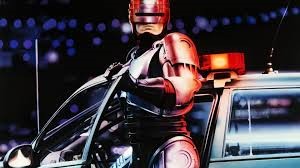by: Matthew J.R. Kohler
Back Where Ridley Belongs
It’s about time Ridley Scott goes back to his roots! The Martian, starring Matt Damon, is about an astronaut/botanist who is stranded on Mars, after being abandoned by his teammates after a dust storm plagues the planet. Now, Mark Whatney (Matt Damon) has to survive over a year- and-a-half before the next ship arrives on Mars. And he has very limited supplies. Mark must overcome the unthinkable!
From the get go, this movie knows what it wants to do—show the year-and-a-half-long journey on Mars. Like Cast Away, the main part of the story is about one person isolated from the world. What is unique about this film is that each side—Mark and the rescue team—must put equal trust into one another. For me, this enhanced the drama because if one failed, they all failed. On top of that, almost everyone’s job was on the line. If Damon died, the rescue team would most likely lose their jobs. Although this conflict was intriguing, for the most part there was not much character enhancement.
Mark goes through a couple scenes of drama, but for the most part he seemed completely under control. One minute he’s with his team; the next minute he is abandoned and instantly decides, “I’ve got to survive.” Damon’s character doesn’t become stronger, because he was already willing to do whatever it takes to survive. The one conflict that plays a big role is whether or not NASA should tell Mark’s crew members that Mark is alive. One of my favorite scenes is when Mark finds out that NASA never told his crew that he is alive. Interestingly, Damon’s character reacts more negatively to this revelation than to any other situation in the film.
Confusion is the biggest problem with the movie, and that is because it did not know if it wanted an antagonist. Jeff Daniels’ character felt like the antagonist throughout half of the movie. When he finds out that Mark is alive, he makes it seem as though he did not want Mark to live. Then, moments later, he wants to bring Mark home. It seems that Daniels’ character didn’t know what he wanted. Granted, he changed his mind because looked at the big picture—he may lose his job if he does nothing. Nonetheless, it frustrated me that I was teased with seeing an indication of an antagonist, but not an outright bad guy who is trying to make sure the good guy does not get what he wants. In some scenes, though, Daniels behaves like a bad guy. He forces the hand of Sean Bean’s character to make a decision, leading to his ultimate fate; and he risks everyone’s reputations, including NASA, by doing something completely illegal.
Another major problem I had with The Martian was that there was hardly any setup at the beginning. Basically, the movie starts by saying, “here’s the conflict, get oriented quickly”. The other weakness in the film is the lack of emotional conflict between the characters. Each of them are very interesting, so it feels like a waste to not see them try to push one another past their boundaries.
Not many movies can say that one actor stole the show, but Damon certainly did. Much like Tom Hanks in Cast Away, this movie’s only true character, in my mind, is Mark Whatney. Damon demonstrates Mark’s frustration with his situation through comedic dialogue. When Mark finds out how much food he needs to survive, he realizes that he needs to fertilize the ground without water. Many people would have simply shown frustration to drive home the bleakness of the situation, but Mark’s humor drove it home far more poignantly. The reason being that a positive person can only resort to joking about the impossible task.
The best element about this film is the universe that unfolds on Mars. Throughout, the audience is shown how the planet looks during the day and night, the brutal cold and storms, and the magnificent landscape. Most of the time when Mark is doing something, the vast landscape of Mars is in plain sight. This visual style reminded me of 2001: A Space Odyssey and of “old school” Scott films. A lot of these shots/scenes were slow-paced, allowing the audience to take a breather from the intensity of the story by enjoying art. Scott uses the same visual style outside of Mars. When the space ship was first revealed, it reminded me of the long opening shot of the Star Destroyer in Star Wars. This the kind of shot that intends to suck the audience into the universe. The visuals spoke for themselves, too. Thankfully, there was no character that pointed out the obvious about its breathtaking look (as is common in modern movies).
Overall, The Martian is an excellent science-fiction movie that kept me engaged from beginning to end. Like many other Scott films, it relied more on visuals than characters. And there is nothing wrong with that, except for confusion on whether or not the film had an antagonist, and the lack of emotional conflict between otherwise interesting characters. Matt Damon has had a fruitful career over the last 20 years, and in this film he gives his best performance since Good Will Hunting. I give this movie a B+, and 100% recommend this film for anyone who wants a good time at the movies.





